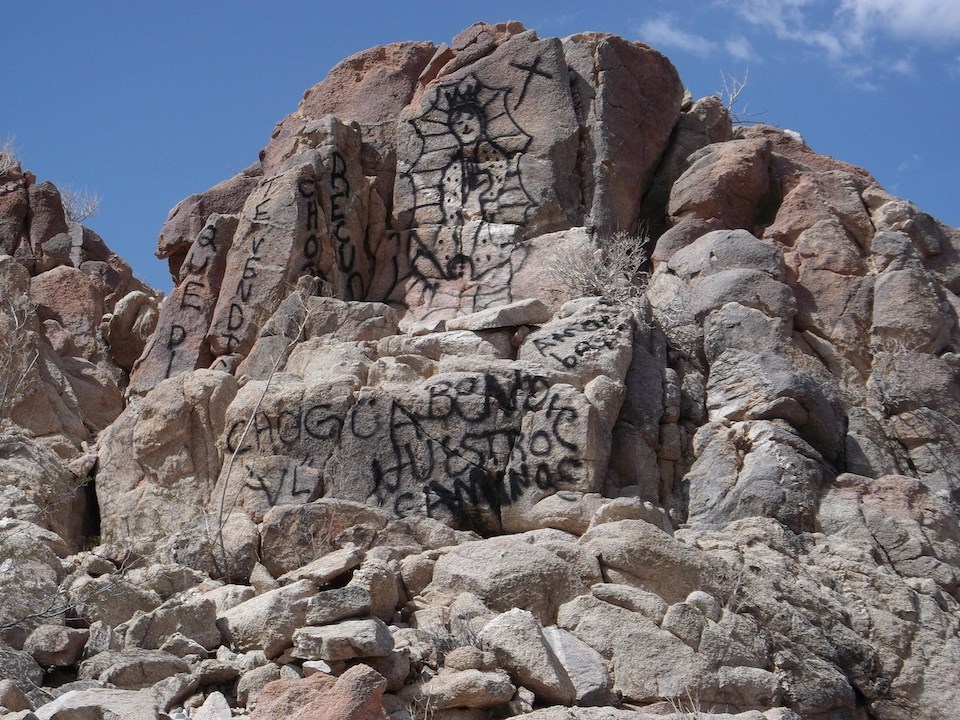I often say we have amusement parks in this country, and we have National Parks, and too often Americans are completely unable to tell them apart. This can lead to grotesque examples of runaway entitlement, as well as lasting damage and destruction to wildlife, native species, and irreplaceable resources. Thanks to author and former National Park Service ranger Sean Smith for writing this piece on his Park Thrillers blog.
In recent years, there has been a troubling trend emerging in our beloved National Parks — a sense of entitlement that leads visitors to damage and destroy precious resources and wildlife. From diverting rivers, defacing natural wonders, hiking off trails, to harassing wildlife, the examples are shocking and disheartening. As stewards of these lands, we must address this issue head-on.
One such incident occurred at Sleeping Bear Dunes National Lakeshore in Michigan, where a man diverted the Platte River for his own purposes. This reckless act not only disrupted the river’s natural flow but created substaintial erosion and can threaten park plants and wildlife.
Similarly, visitors to Yellowstone National Park have been caught carving their names into the fragile bacteria mats surrounding the park’s iconic hot pools. These mats are not only an essential part of the park’s ecosystem but also serve as a unique and irreplaceable natural wonder. The selfish actions of a few individuals tarnish the experience for all who visit these pristine landscapes.
And let’s not forget the gender reveal parties gone awry, resulting in devastating forest fires. These reveal parties may be well-intentioned but can result in a dangerous disregard for the potential consequences. The destruction caused by these fires not only poses a threat to human life and property but also devastates the habitats of countless plants and animals.
So, where does this sense of entitlement come from, and what can be done to curb it? It’s a complex issue with no easy answers. In part, it may stem from a lack of understanding or appreciation for the value of our natural heritage. In our modern society, where convenience often trumps conservation, it’s easy to forget the importance of preserving these wild spaces for future generations.
Public land management agencies like the National Park Service are crucial in addressing this troubling trend. Education and outreach programs can raise awareness about respecting and protecting our national parks. Strict enforcement of regulations and penalties for those who violate them can also serve as a deterrent to destructive behavior.
Ultimately, it will require a shift in mindset — recognizing that our National Parks are not just pretty places for our enjoyment but precious and irreplaceable treasures. Only by working together can we ensure that future generations will have the opportunity to experience, like us, the awe and wonder of these incredible landscapes and resources.
This piece originally appeared in the Feb. 14, 2024, posting on Sean Smith’s Park Thrillers blog. Sean is an award-winning conservationist and author, whose work has been seen on CNN, heard on NPR, and appeared in the New York Times and National Geographic. A former National Park Service ranger who served at Yellowstone, North Cascades, and Glacier, and with the U.S. Forest Service at Mount St. Helens, Sean is also the originator and author of the Grayson Cole series of National Park thrillers. Photo of damage at Organ Pipe National Monument courtesy of Sean Smith.

